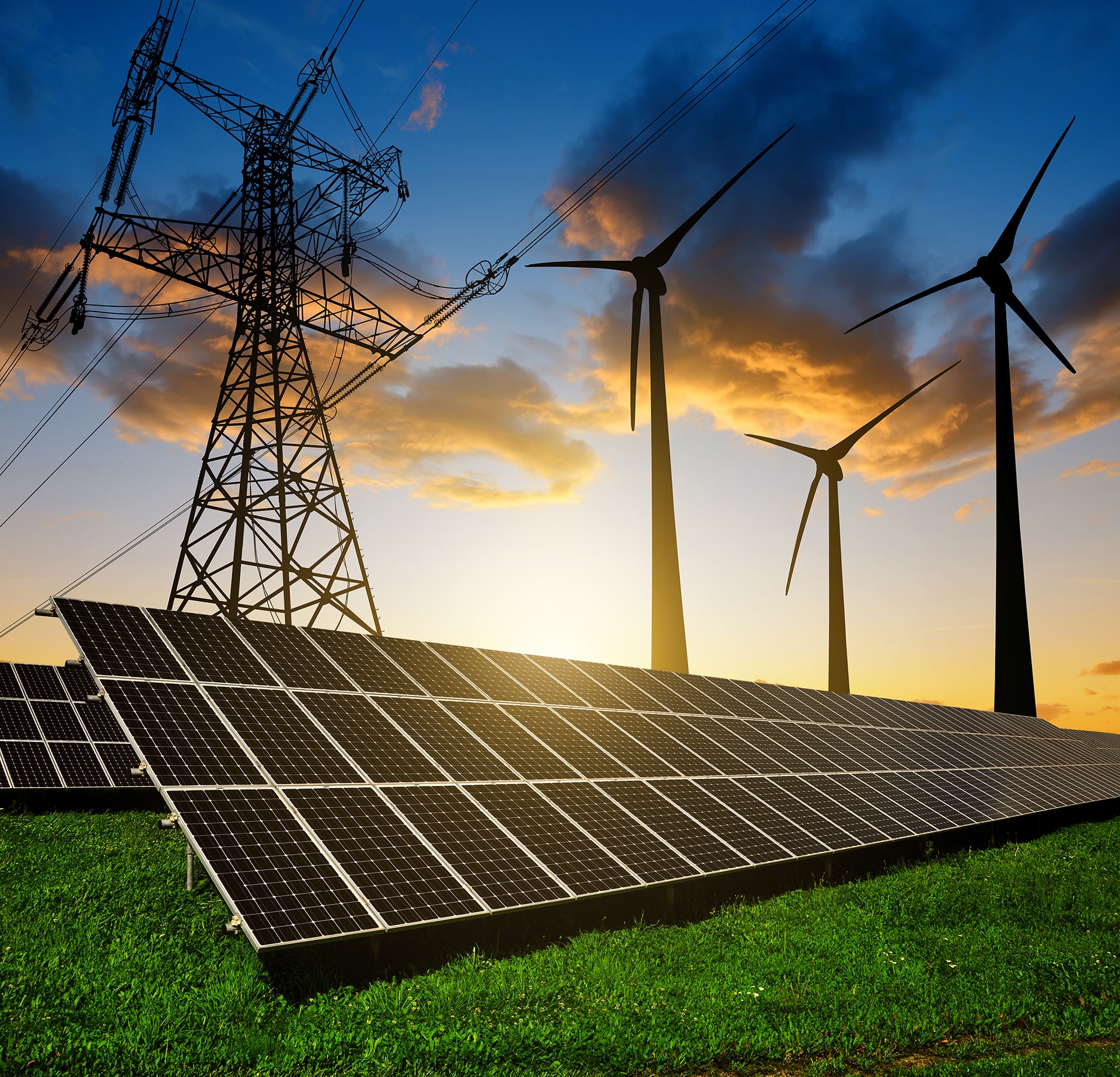Universal access to affordable, reliable, and sustainable energy is the prerequisite for human development and elimination of all forms of poverty. As a multidimensional phenomenon, poverty can be income poverty or non-income poverty (health poverty, education poverty, and energy poverty). Income poverty can be eradicated by income support to each household. Health poverty can be eradicated by providing quality universal healthcare services to all. Education poverty can be eradicated by providing universal primary education to all. Energy poverty can be eradicated by providing clean fuel for cooking and quality electricity to every household. Access to grid-based electricity is still a distant dream for huge populations living in hilly, desert and remote areas across the world. Developing countries are still facing problems such as higher transmission and distribution losses, pilferage and unplanned outages in their electricity grid.
Smart GridSmart grid technology can be a panacea for the electricity grid and can address twin problems of universal access and quality power. The Smart Grid refers to updating the conventional grid system from a unidirectional analog system to a multidirectional digital system by using modern digital tools. In a smart grid system all the components of the ecosystem such as smart appliances, smart meters, and advanced solid-state electronics switches are attached to the relevant sensors and the entire grid system smartly, efficiently and reliably meets the demand from interconnected generators. The modern smart grid must heal itself, resist cyber-attack, stop pilferage, monitor energy usage, optimise electricity usage during peak demand period, eliminate outages, control transmission, and distribution losses, and provide quality power. Apart from accommodating conventional energy generation sources, it should accommodate intermittent power generation sources (distributed generation) and energy storage. By using net metering, a modern smart grid enables the active participation of consumers in grid operations.
Tamper-proof smart meters installed at customer end measures electricity consumption and enables demand to respond in real-time, thus reducing household energy consumption. Responding to the dynamic pricing and automatically turn off at peak demand(higher prices), Smart appliances(refrigerators/central heating/wet appliances)tailor energy consumption more precisely to demand, thus give consumers control over their electricity bills.
Advanced high power solid-state electronics switches enable SO(system operator) to efficiently utilize existing hardware and smoothly control transmission and distribution infrastructure. By collecting real-time data from different nodes of the grid,smart-grid monitors power quality, and network failure and take remedial measures quickly. Smart grid technology can be applied to both the micro-grid level and the super-grid level.
Micro Grid
Either working independently from the grid or in tandem with the grid, the microgrid can generate between 3kW – 10,000kW of electricity from distributed generators such as solar panels, wind turbines. As microgrid transmits electricity over short distances, it reduces the energy loss compared to the conventional grid. The microgrid can be a boon for remote areas such as desert, hilly area or dense forest where it is intractable to build transmission infrastructure.
Super Grid
By merging the advanced micro control properties of a smart grid and macro-control properties of an intercontinental Wide Area Synchronous Grid, the Super grid transmits the electricity across the continent akin to the internet transmits data. By using blockchain technology, advanced automation and monitoring capabilities for bulk transmission, free trade of energy (like goods and services) across the continent is now possible. In a decarbonized energy system scenario, smart grid technology enables north African countries to sell their excess electricity generated from solar to entire Europe.
Similarly, Congo can provide electricity to the entire southern African continent from her mega hydro project. Bhutan and Nepal can sell their excess electricity produced from hydro power to all countries of the Indian subcontinent (India, Bangladesh, Pakistan).
Driving on the Internet-of-Things (IoT) technology, Smart grid technology not only imparts reliability and efficiency to the grid system but also, provides electricity access to the hitherto virgin terrains and remote areas of the world without compromising quality.

